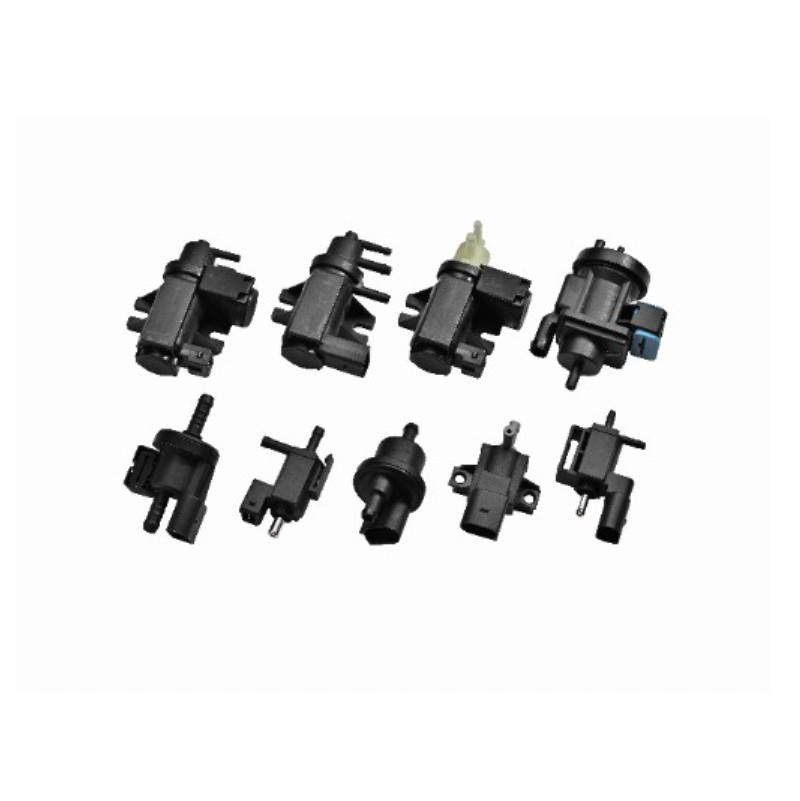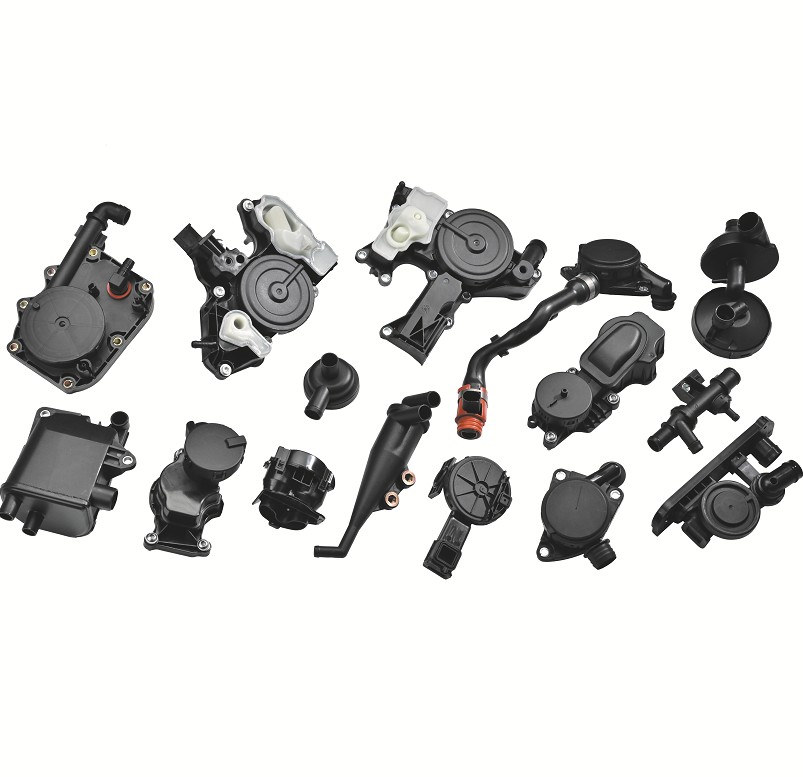The fuel tank vent valve, also known as the fuel tank ventilation valve, is a seemingly inconspicuous yet crucial component in the fuel system. Typically installed on top of the fuel tank or in the fuel evaporation control system, its primary function is to regulate internal tank pressure, ensuring a stable fuel supply while reducing harmful emissions. With increasingly stringent environmental regulations, the design and functionality of fuel tank vent valves have been continuously optimized, making them a crucial component of modern vehicles.
As a vehicle drives, fuel consumption causes the pressure in the fuel tank to drop, while high temperatures can cause fuel evaporation, increasing pressure. The fuel tank vent valve automatically adjusts to prevent negative tank pressure from causing fuel pump operation difficulties or positive pressure from posing safety hazards. A valve failure could cause tank deformation or insufficient fuel supply, impacting engine performance.
Traditional vehicles have highly volatile fuel. The fuel tank vent valve works in conjunction with the EVAP system to direct fuel vapors into the carbon canister for storage rather than directly releasing them into the atmosphere, thereby reducing hydrocarbon (HC) pollution. Under stringent emission standards such as China VI and Euro 6, efficient vent valve design is crucial for automakers to comply. In extreme situations (such as rollovers), a vent valve prevents fuel leaks and reduces the risk of fire.
A fuel tank vent valve typically consists of a valve body, spring, diaphragm, and other components. Its operating logic is as follows:
Normal state: The valve remains moderately open and closed, allowing a small amount of air in and out to maintain pressure balance.
During refueling or high temperatures: Fuel vapor pressure increases, causing the valve to open and allow vapor to enter the carbon canister.
During fuel consumption: Negative pressure forms in the tank, and the valve introduces external air to prevent tank collapse.
In high-end models (such as BMW), some vent valves are electronically controlled, with the ECU monitoring the tank pressure in real time for more precise regulation.
Prolonged exposure to fuel vapor and the ambient environment can easily accumulate contaminants such as sludge and dust in the fuel tank vent valve. These impurities can gradually clog the valve channel, affecting its normal opening and closing function. The risk of clogging is particularly increased in dusty environments or when low-quality fuel is used over a long period of time.
Long-term clogging can cause the fuel pump to continuously operate at an overloaded capacity, increasing energy consumption and shortening its service life. In more serious cases, sustained negative pressure can cause the fuel tank wall to dent and deform inward, which is particularly common in vehicles with plastic fuel tanks.
Cause of Fault:
Deterioration of valve seals, diaphragm damage, or wear of mechanical components can lead to a poor seal. This condition is more common in hot climates or on older vehicles.
Specific Symptoms:
Fuel Odor: A noticeable gasoline odor may be detected in the cabin, especially in the summer or after the vehicle has been parked for a period of time.
Emission System Warning: Modern vehicles can detect EVAP system leaks, typically triggering P0442 (Small Leak) or related fault codes.
Decreased Fuel Economy: Continuous leakage of fuel vapor can result in a slight increase in fuel consumption.
Potential Risk Warning: In addition to increasing emissions, leaking fuel vapor can, under certain conditions, form a combustible mixture, posing a safety hazard. Furthermore, sustained leakage can cause the carbon canister to saturate prematurely, affecting the efficiency of the entire EVAP system.
Progressive damage:
Initially, it may be just a minor performance anomaly, but if left untreated for a long time, it can trigger a series of chain reactions:
Fuel tank structural damage: Sustained negative pressure can cause the fuel tank to deform, potentially denting metal tanks and permanently deforming plastic tanks.
Fuel system overload: The fuel pump must work extra hard to overcome the negative pressure, which can significantly shorten its service life over time.
Emission system damage: Severe blockages may cause EVAP system piping to deform or connectors to loosen.
It is recommended to inspect the EVAP system every two years or 30,000 kilometers, including the seal and patency of the vent valve. If a fault code related to the "fuel tank pressure sensor" appears in high-end models like BMW, the vent valve should be checked first.
Minor blockages can be treated with a specialized cleaning agent, while severe deterioration requires replacement with genuine parts (aftermarket parts may not be compatible). Avoid disassembling fuel tank components yourself, as fuel vapors are flammable and require specialized tools.
With the increasing popularity of new energy vehicles, the fuel tank vent valve in traditional fuel vehicles may be gradually simplified, but it will remain essential in hybrid models. In the future, intelligent electronic breather valves may become mainstream, enabling real-time monitoring and early warning through connected vehicles.
Although small, the fuel tank breather valve is a critical component of vehicle reliability and environmental compliance. Owners should prioritize its maintenance, especially for high-end brands, whose sophisticated design makes it more susceptible to malfunctions. Regular maintenance not only improves fuel efficiency but also contributes to environmental protection.


 English
English русский
русский Español
Español Deutsch
Deutsch











